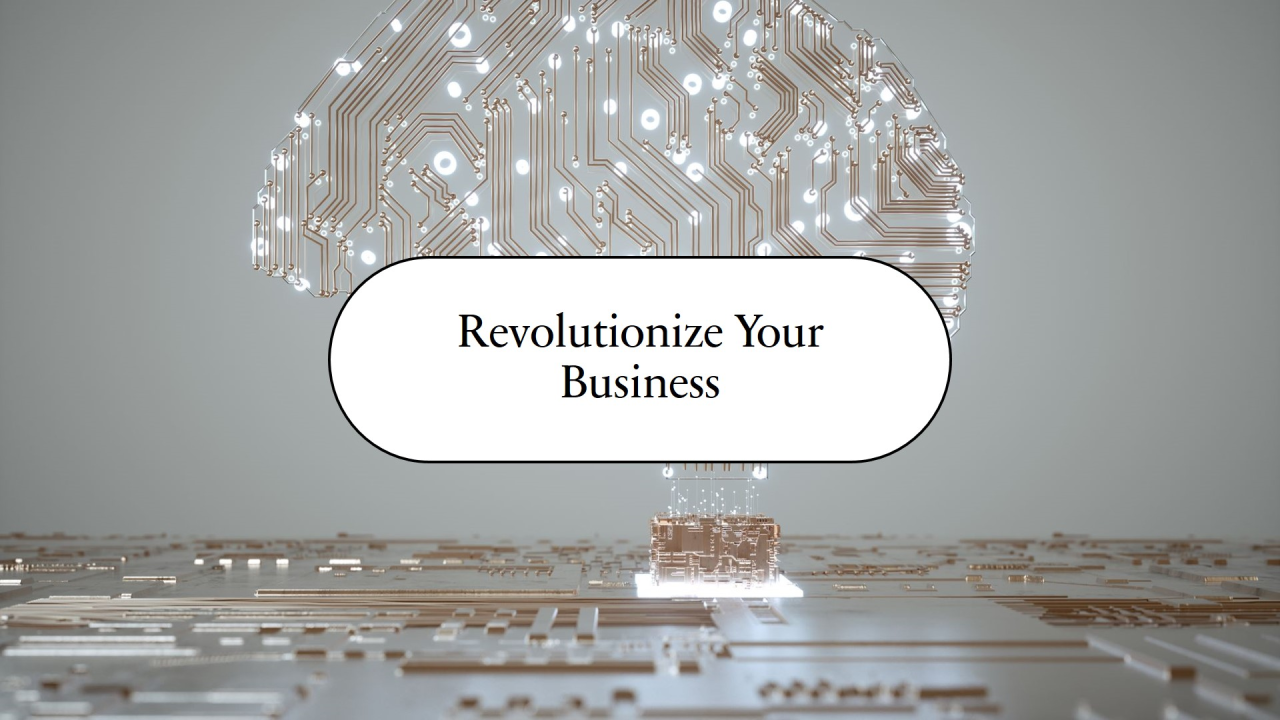The AI Revolution: Business Strategies for Executives in 2025

As artificial intelligence (AI) evolves, its transformative potential across industries grows exponentially. For executives, 2025 presents an unprecedented opportunity to harness AI to drive innovation, streamline operations, and enhance customer experiences. However, realizing AI’s potential requires strategic foresight and deliberate execution. Here are five actionable strategies for executives to stay ahead in the AI-driven business landscape of 2025.
1. Align AI Initiatives with Business Objectives
AI should not be a stand-alone project or a buzzword initiative; it must be integral to your broader business strategy. Start by identifying areas where AI can create measurable value—improving supply chain efficiency, enabling hyper-personalized customer experiences, or optimizing product development cycles. Clearly defined objectives ensure AI investments yield tangible business outcomes.
Key Action: Establish cross-functional AI steering committees to ensure alignment between AI projects and overarching business goals.
2. Invest in Scalable AI Infrastructure
Scalability is crucial for long-term success. Businesses need robust data pipelines, cloud computing resources, and integration frameworks to support AI deployment at scale. Moreover, building a centralized data platform ensures consistency and enables predictive analytics, real-time decision-making, and improved collaboration.
Key Action: Partner with cloud providers and AI platform vendors to build scalable, secure, and compliant infrastructures that can evolve with your needs.
3. Prioritize Ethical AI and Governance
AI ethics and governance are no longer optional. Regulators, customers, and stakeholders demand transparency, fairness, and accountability in AI applications. Implementing robust governance frameworks mitigates risks associated with bias, data privacy breaches, and unintended outcomes.
Key Action: Develop an ethical AI charter, create a dedicated AI ethics board, and establish policies for regular auditing and compliance checks.
4. Upskill Your Workforce
AI adoption is as much about people as it is about technology. Upskilling employees ensures they can effectively work with AI tools while fostering a culture of continuous learning keeps your workforce adaptable in a rapidly changing landscape.
Key Action: Launch AI literacy programs and incentivize certifications in data science, machine learning, and AI ethics for your workforce.
5. Leverage AI for Competitive Differentiation
AI allows businesses to deliver differentiated products and services. Predictive analytics, natural language processing, and computer vision can unlock insights and capabilities competitors may not yet leverage.
Key Action: Identify niche areas where AI can give you a first-mover advantage and invest in tailored AI solutions that align with your unique value proposition.
The Road Ahead
The AI journey is not a one-time initiative but an ongoing evolution. As executives, your role is to set the vision, allocate resources strategically, and foster a culture of innovation. By aligning AI with core business strategies, investing in scalable infrastructure, prioritizing ethics, empowering your workforce, and leveraging AI for differentiation, you can position your organization as a leader in the AI-driven economy of 2025.
The time to act is now. Companies that embrace AI strategically in 2025 will survive and thrive in the future’s competitive landscape.